Dear friends,
This week, I was invited to write an audio essay for Dutch public radio, paying tribute to a photographer from the past. I chose Mary Ellen Mark, who passed away ten years ago. She’s long been one of my favorite photographers and a true inspiration. There is so much we can learn from her, including the various ways we can get close.
For this issue, I’ve translated and expanded the essay into English. If you understand Dutch, you can also listen to me read it here.
To break up the text, I’m sharing some unpublished images from my archives—photos that capture the social moments I love to document, from farmers at work to dancers losing themselves in a shared rhythm, of course inspired by Mark.
And at the end, I’ll include a personal favorite: a photograph of my father that I rediscovered while searching my archives with Excire.
The Power of Looking: What We Can Learn from Mary Ellen Mark
Some photographers show you what the world looks like. Mary Ellen Mark made you feel what those images truly meant.
You’ve probably seen her work, even if you didn’t realize it was hers. Her portraits of unhoused teenagers in Seattle. The now-iconic image of Amanda, cigarette in hand, staring straight into the lens with a mix of defiance and vulnerability. Her photos stay with you. They don’t just tell a story. They demand that you feel it.
What made her work so powerful?
Mark understood proximity, both physically and emotionally. She photographed people up close, not just with her lens but with her whole being. She spent time, built trust, listened, and waited. Her images weren’t just quick snapshots of hardship. They were moments of deep recognition.
She worked in psychiatric hospitals, circuses, brothels, prisons, and city streets. Not to exploit, not to shock, but to witness. She gave a voice to people often overlooked, without ever reducing them to victims.
Take her work with street kids. In the 1980s, she spent months documenting the lives of unhoused youth in Seattle. It wasn’t an impersonal report—it was a collaboration. She knew their names, their fears, their ambitions. And that connection shows in every frame.
That’s the power of photography: the power to make people feel.
A single photograph won’t change the world overnight. But it can change how someone looks at the world. And when you change how people see, you change how they think. And maybe, how they act.
Mark understood that. She wasn’t just a photographer. She was a changemaker. Not through loud activism, but through quiet, relentless observation. She didn’t just document life, but also made us confront it.
She also knew that photography is more than making pictures. It’s about making connections. Between the photographer and the subject. Between the viewer and the world.
And maybe that’s what we need now more than ever. Not just more images, but better images. Pictures that mean something and make us stop and shift something inside us.
That doesn’t mean you need to be the next Mary Ellen Mark. But her way of looking at the world can inspire us. Her patience, her curiosity, her willingness to really see—those are things we can bring to our own work.
So next time you make a portrait, ask yourself:
How close am I, really?
Am I seeing this person, or just looking?
What do I want the viewer to feel?
Mary Ellen Mark showed us that photography isn’t just about technical skill. It’s about connection. To your subject. To your audience. And if you do it well, to something much bigger than yourself.
Check out Ms. Mark’s legendary work on her website and in her many amazing books.
That’s it for this week! If you enjoyed this issue, share it with a friend.
Let’s keep shooting, learning, and sharing—one messy, human step at a time.
Warmly,
Wesley
NEXT WEEK: A big reveal about a long-term project I’ve been working on for years—and how it’s finally coming to life in the real world!
This Week’s Gear and Lab
Camera: Pentax LX, Contax G2, Hasselblad 500cm, Fuji X100F, Olympus Pen-F, Canon 5D Mark IV.
Film Stocks: Double X, Kodak Tri-X, Retropan Soft 320, Kodak Portra 160NC.
Shout out to MPB.com, my go-to for buying and selling used gear—they’re fantastic. Easy, fast, and everything comes with a 6-month warranty
Lab: My film is processed and scanned by Carmencita Film Lab, whose care and consistency I trust completely. They’re the best. Use code “PROCESS” at checkout for a free size upgrade on your next order.
Memory Retrieved — A Process x Excire Giveaway
For the latest and last Memory Retrieved column, I took a different approach. Rather than using a keyword search, I used Excire’s facial recognition to comb through my archive for photos of my father and stumbled upon a favorite I had forgotten about.
I was impressed it found the image at all, since my father was out of focus and I had shot it on Retropan 320 Soft, a film designed for its grainy look rather than sharpness. There’s something really meaningful and fun about using this kind of technology to rediscover images, bringing back moments I didn’t know I was looking for.
To WIN A FREE COPY OF EXCIRE and help me source images for a future issue, leave any keyword in the comments and I will search my archives with it and dedicate an entire issue to the images I find. The winner will be randomly selected. Get as creative and esoteric as you’d like with your suggestions! Let’s challenge this software.
Excire is a software service that uses AI to analyze and tag your photos, making it easy to search and find images using keywords. You can check it out here. Process readers receive 15% off with the coupon code "PROCESS" at checkout. Highly recommended.
Support My Work and Elevate Yours
Enjoying Process? Support it by picking up a book or joining the Process Photo Club.
Process Workbook Volume One & Two: Creative prompts and assignments designed to get you out of your head and into action with your camera.
€8.99 each (free for Process Photo Club members)
NOTICE Journal, Volume One: A fresh perspective on beauty and rebirth, shot in Amsterdam.
€40 (€20 for Process Photo Club members)
📚 Order here and you help keep Process accessible to all.
🗃️ Browse the Process Archives for back issues.
📜 Read the Process Manifesto.
Visit the Process Photo Club members area for perks and more.

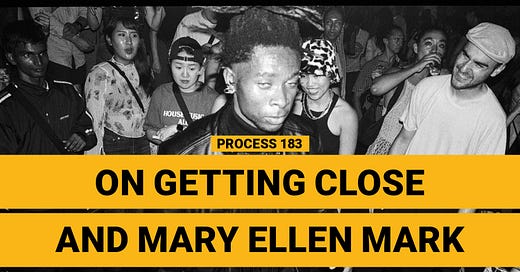

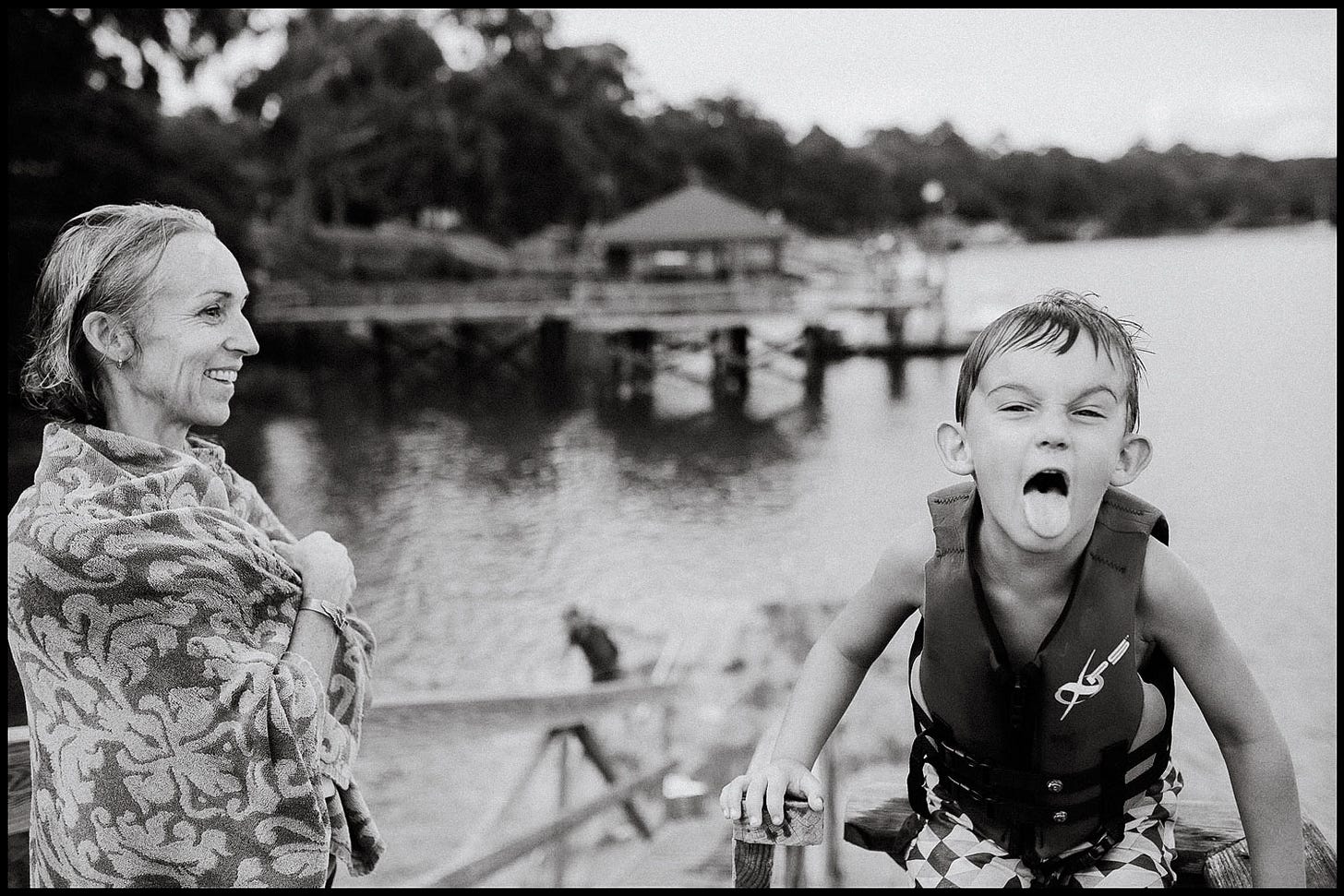

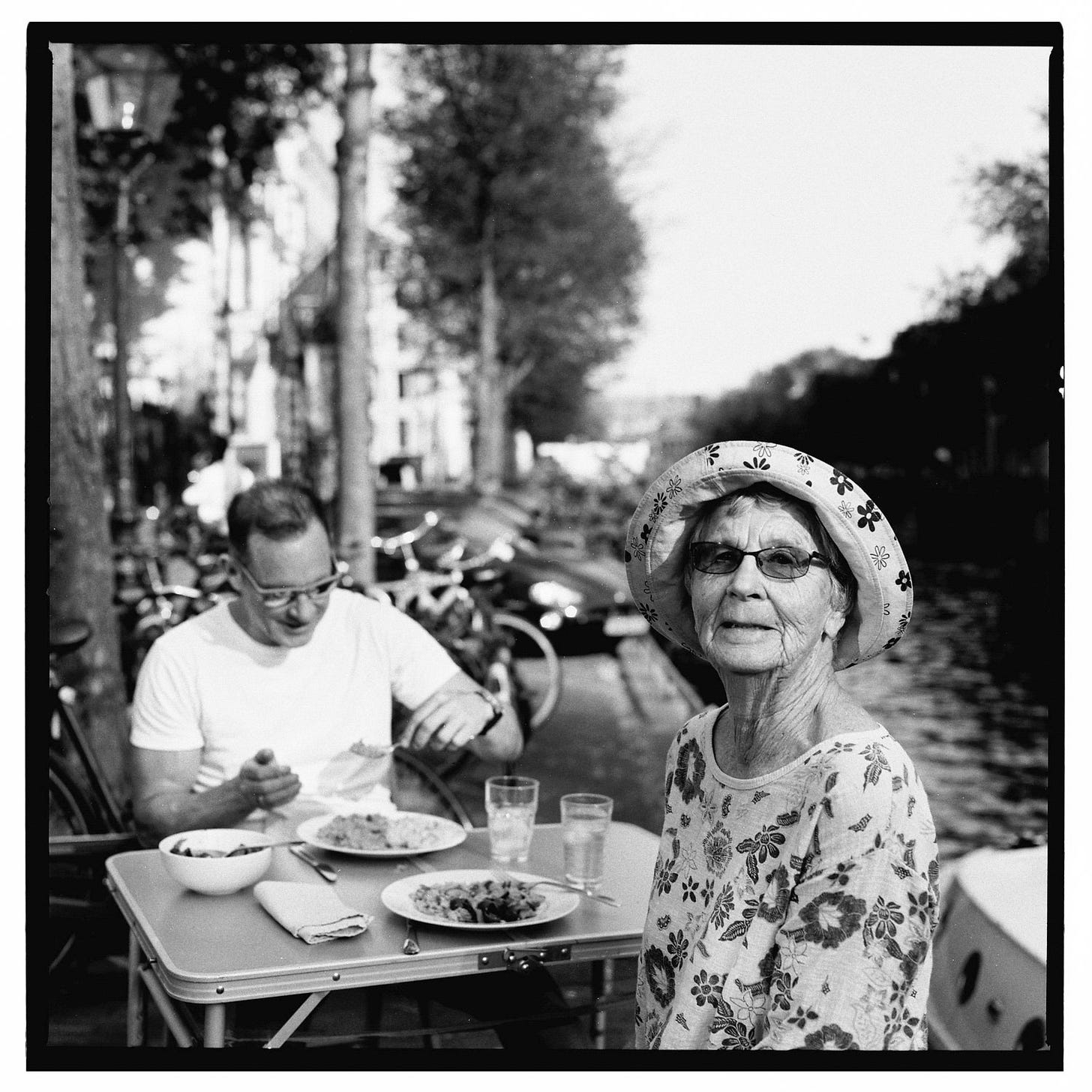
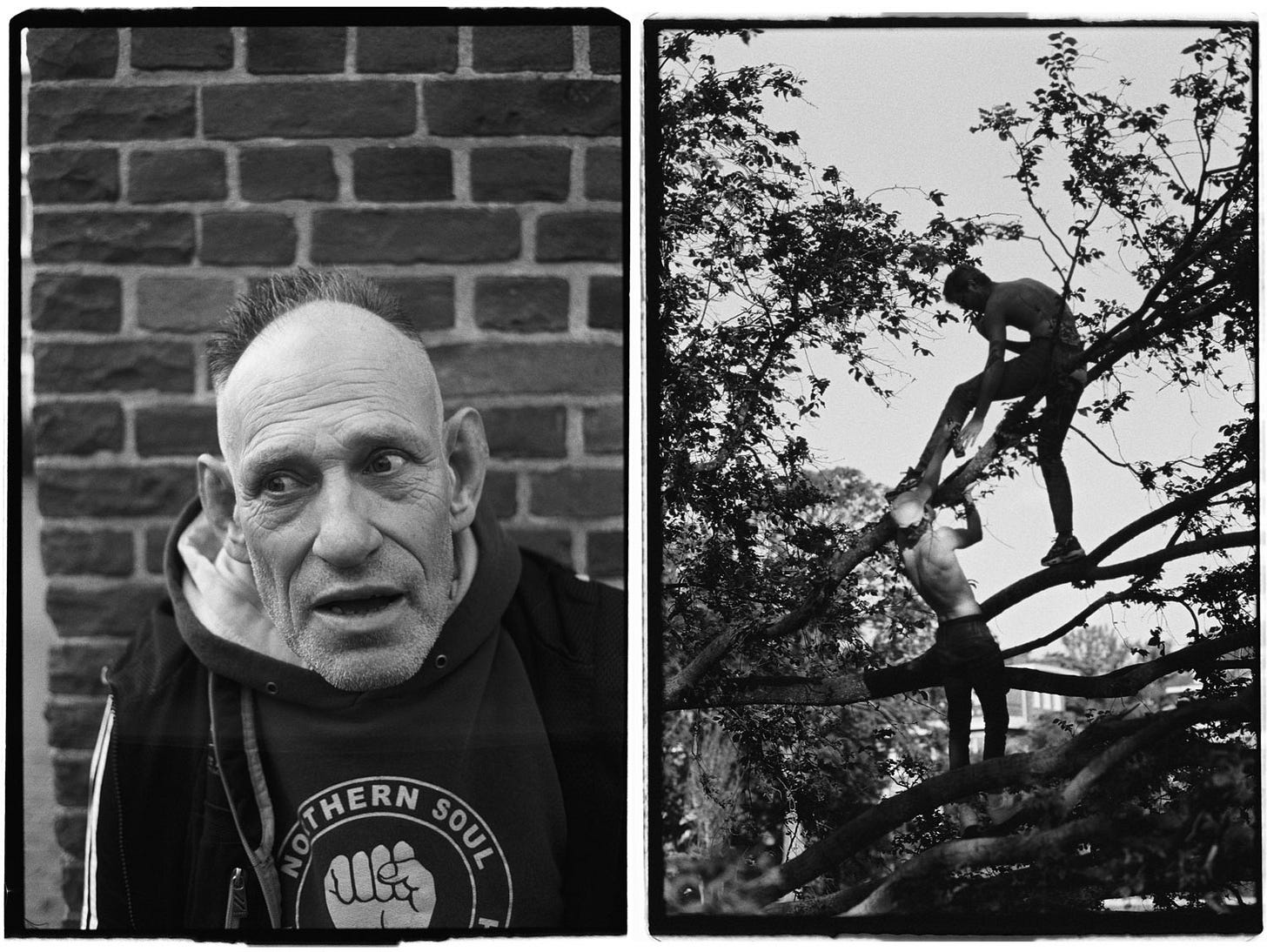
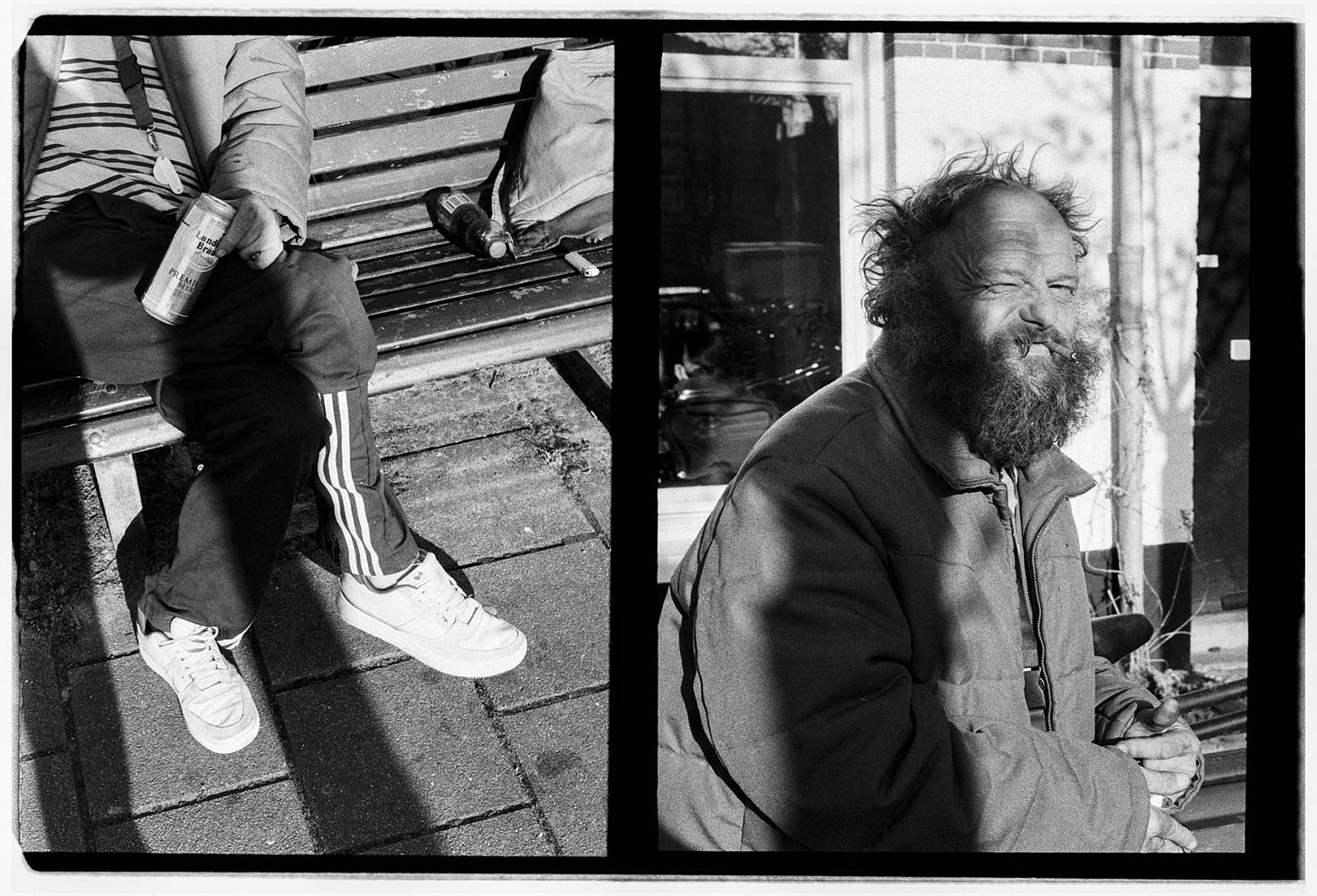
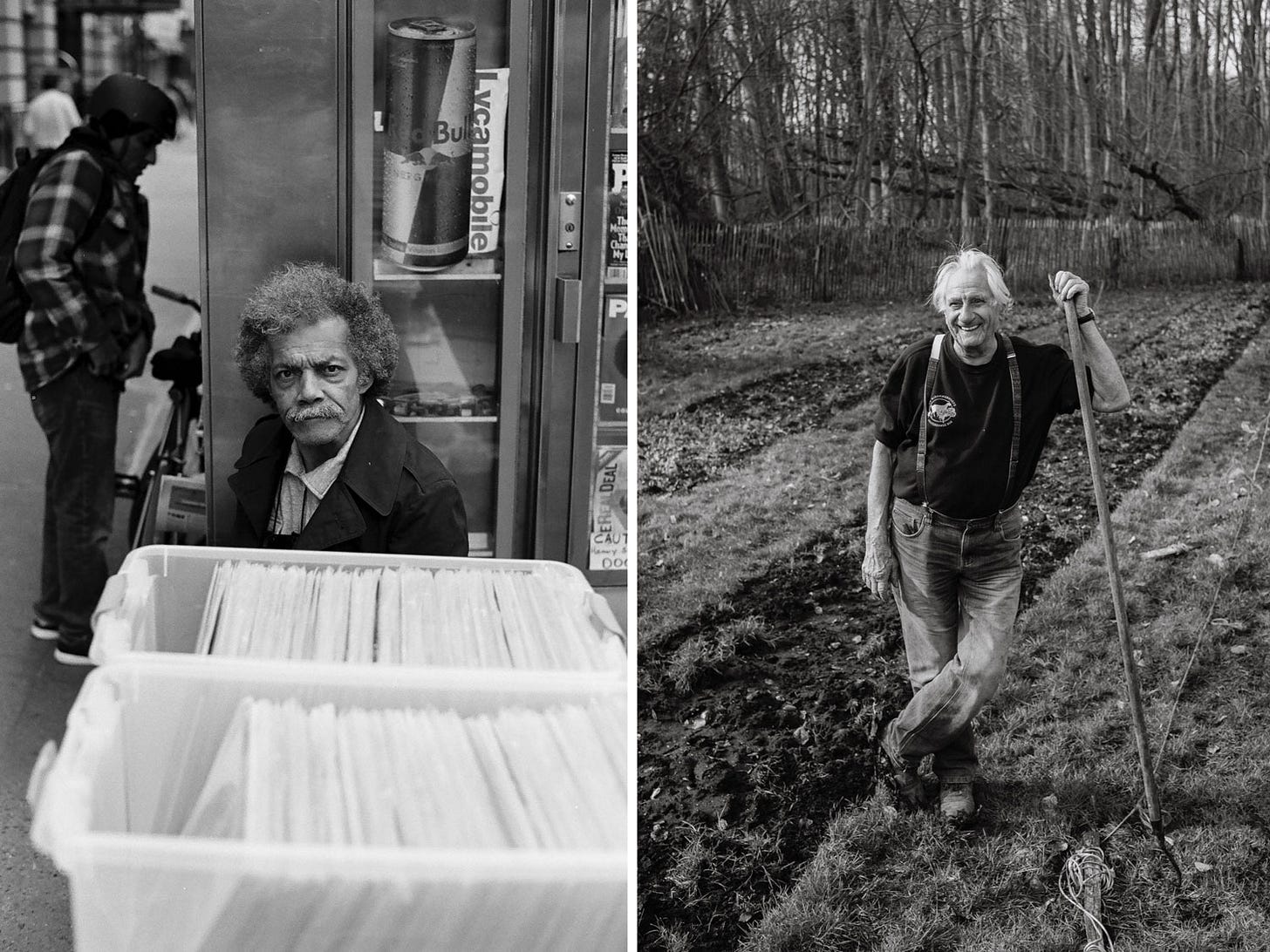
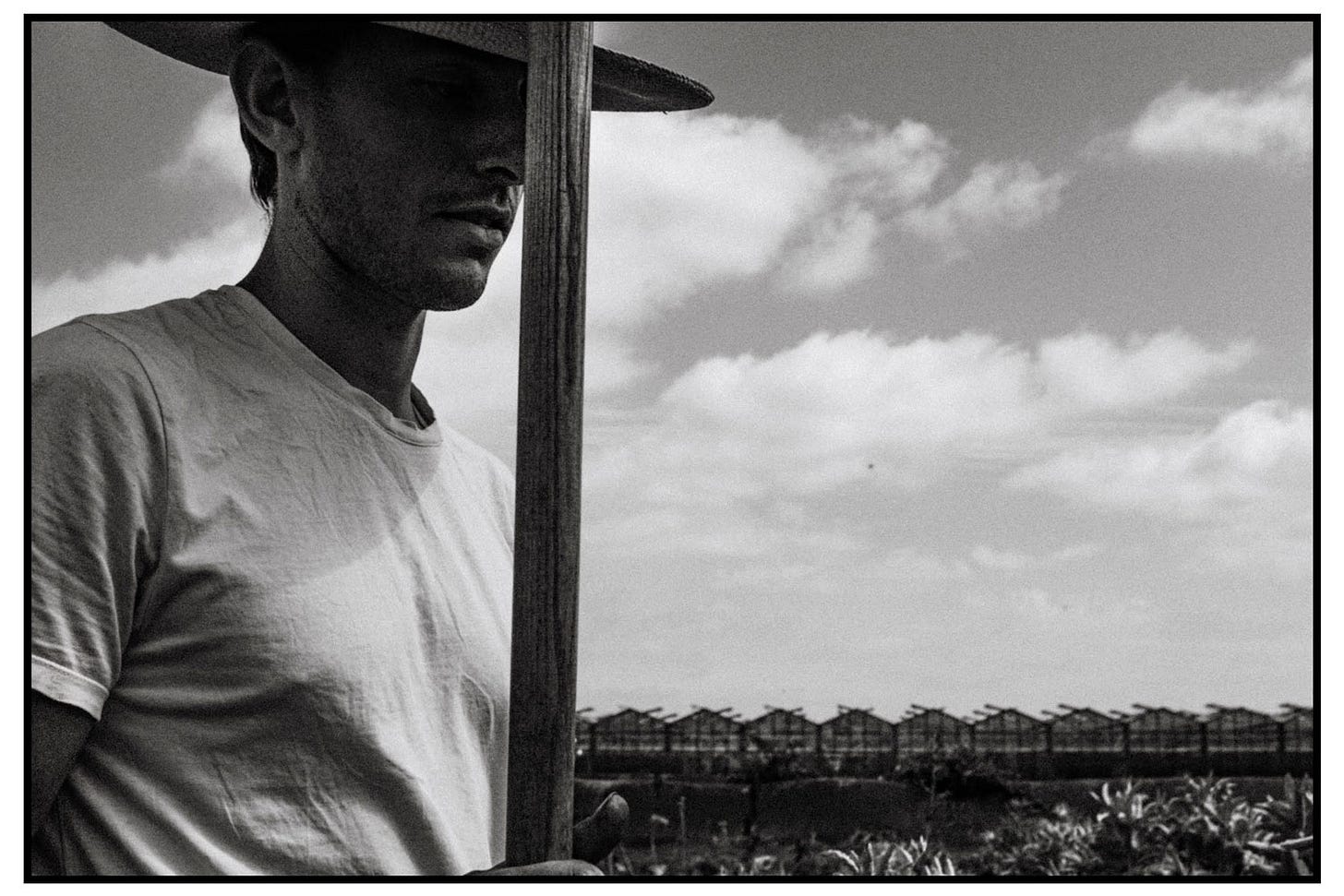


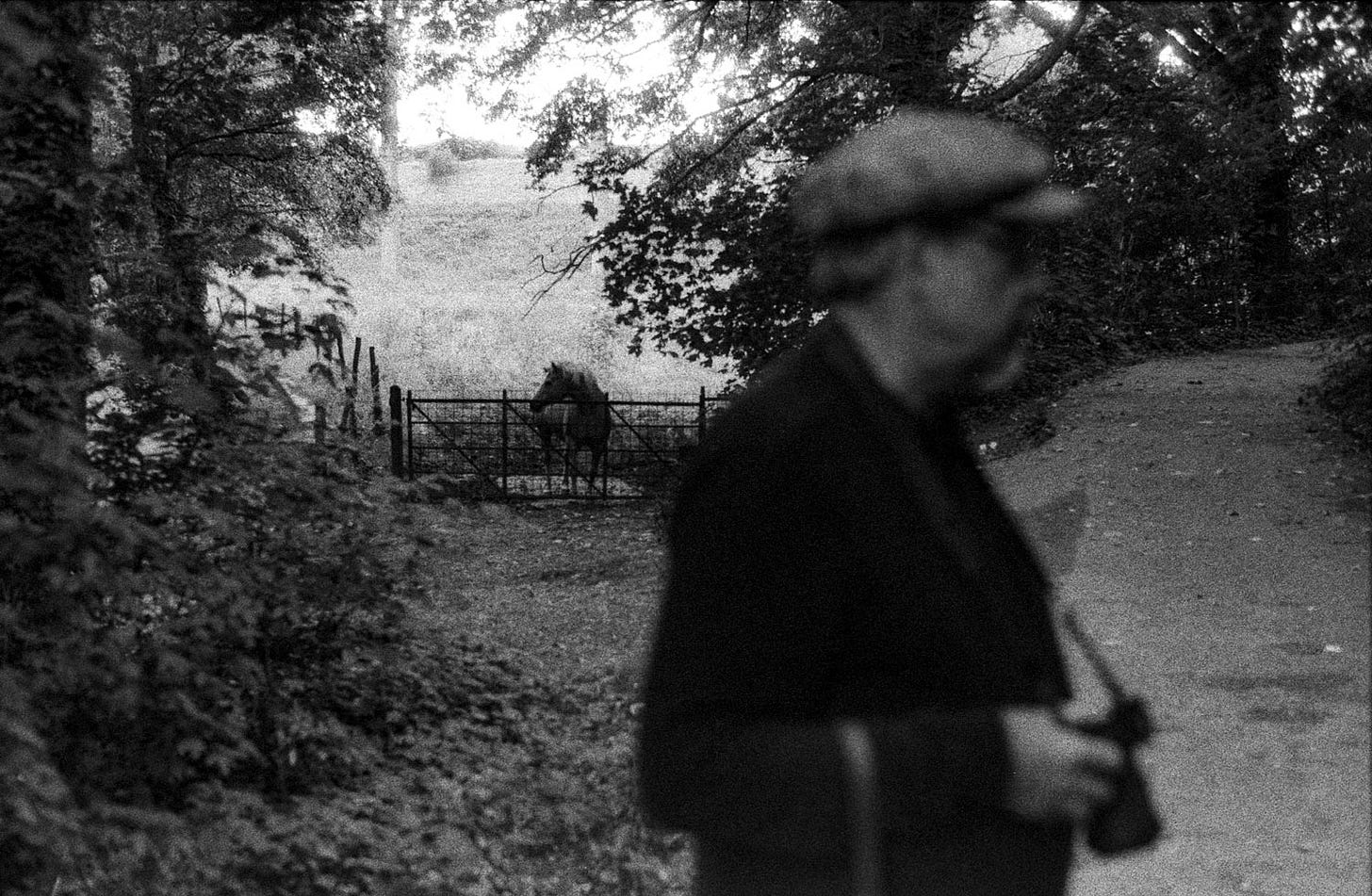
I met and spent some time with Mary Ellen about 15 years ago and was invited to intern with her in New York. Unfortunately I was unable to do so due to finances and work, but we kept in touch until she died. She was a remarkable photographer. I do have a tiny quibble with how you define the street kids in 1980’s Seattle. I grew up in Seattle and in 1983 ran a newspaper called “Street Kids” which was published by another local paper as a resource to help young people find healthcare services, food and clothing. You describe the kids as “unhoused”but I would not describe these kids as homeless per se. The phrase “street kids” really was how they were seen. They chose to be there. More than homeless, they were discarded by their families or they discarded their families. There was no real homelessness in Seattle in the early 80’s like we think of and see now. Apartments were readily available and cheap. While these kids lived a hard, rough life, part of it was a choice. The paper I ran encouraged street kids to come in to our office and learn journalism as a trade. None of them were interested. They wanted to run the streets and so that’s what they did. It’s definitely complicated to describe these kids.
Got caught up with reading Mark's photo descriptions and looking at the photos, wow! Thanks for pointing our attention there/ to her work. It's marvellous! I love photography context like this SO much.
Searchword descriptions : shadows, pairs, round. I'd love to see if you have many photos of these things.